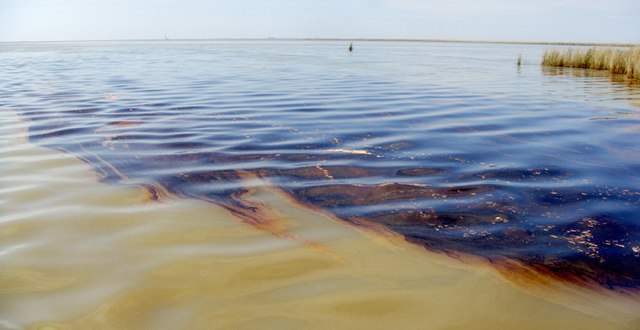Sunlight can help clear oil spills
March 3, 2022
Scientists at the Woods Hole Oceanographic Institution in Massachusetts have determined that sunlight may have helped remove as much as 17 percent of the oil floating on the surface of the Gulf of Mexico following the 2010 Deepwater Horizon oil spill. According to a publication in Science Advances on February 16, sunlight plays a bigger role in cleaning up oil spills than previously thought.
When sunlight shines on spilled oil in the sea, it kicks off a chain of chemical reactions that transform the oil into new compounds. Some of these reactions can increase how easily the oil dissolves in water. This process is known as photodissolution. According to Science News, photodissolution occurs when oxygen is added to the long chains of hydrocarbons that make up the oil molecules. However, there has been little data on how much oil becomes water-soluble.
Environmental chemists Danielle Haas Freeman and Colin Ward, both of the Woods Hole Oceanographic Institution, placed samples of oil from the Deepwater Horizon oil spill on glass disks and irradiated them with light using LED’s that emit light at wavelengths found in sunlight. They chemically analyzed the irradiated oil to see how much was transformed into the water-soluble compound. The researchers found that the most important factors in photodissolution were the thickness of the oil layer and the wavelengths of light applied. Longer wavelengths (towards the red end of the visible light spectrum) dissolve less oil, possibly because these wavelengths are more easily scattered by water than light of shorter wavelengths. The researchers estimated that irradiation helped to dissolve 3 to 17 percent of surface oil from the Deepwater Horizon oil spill.







